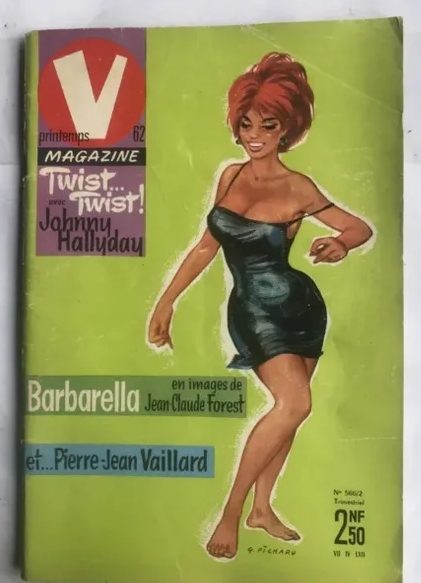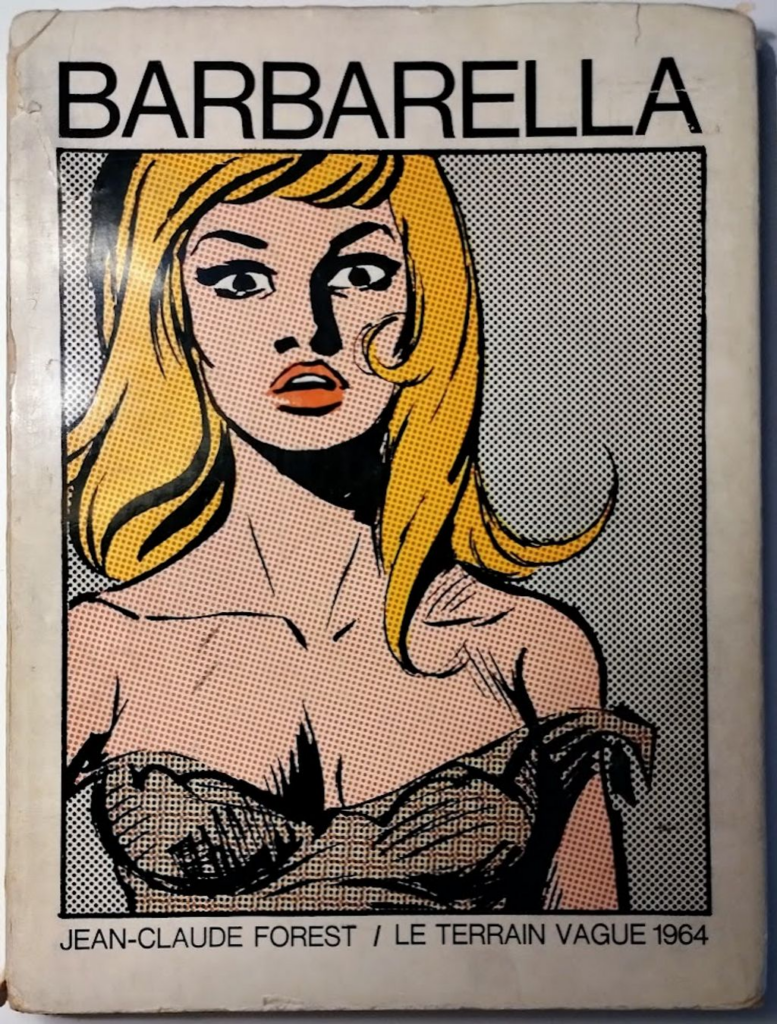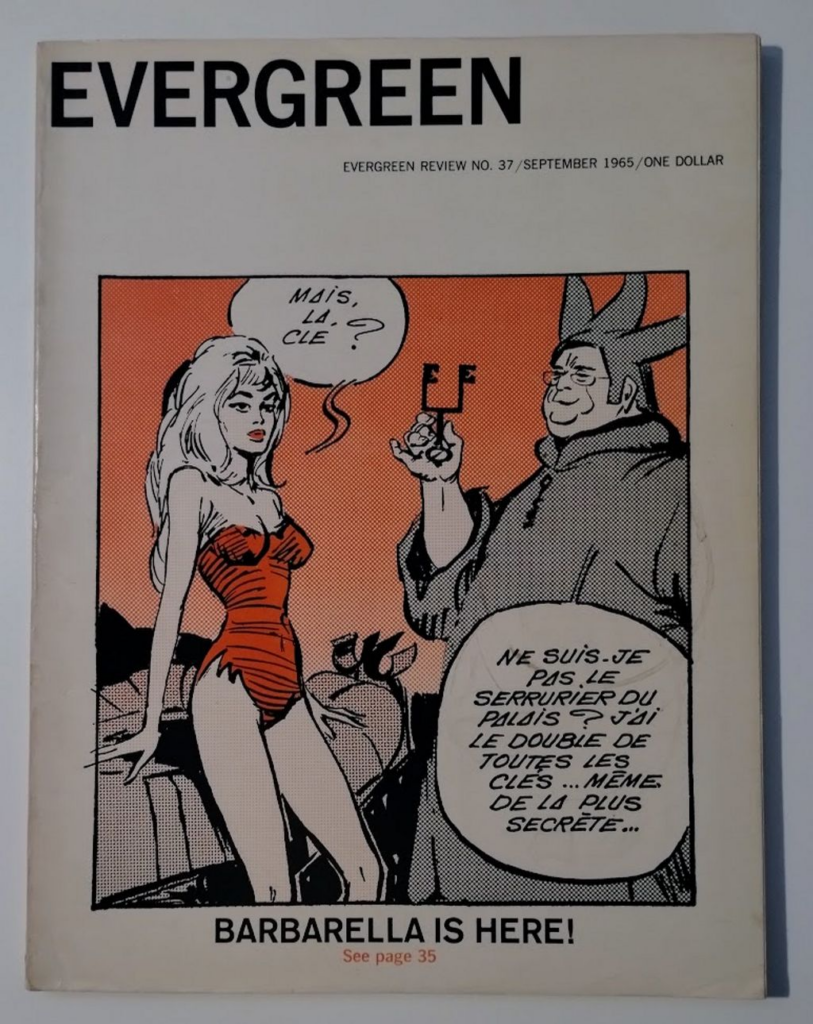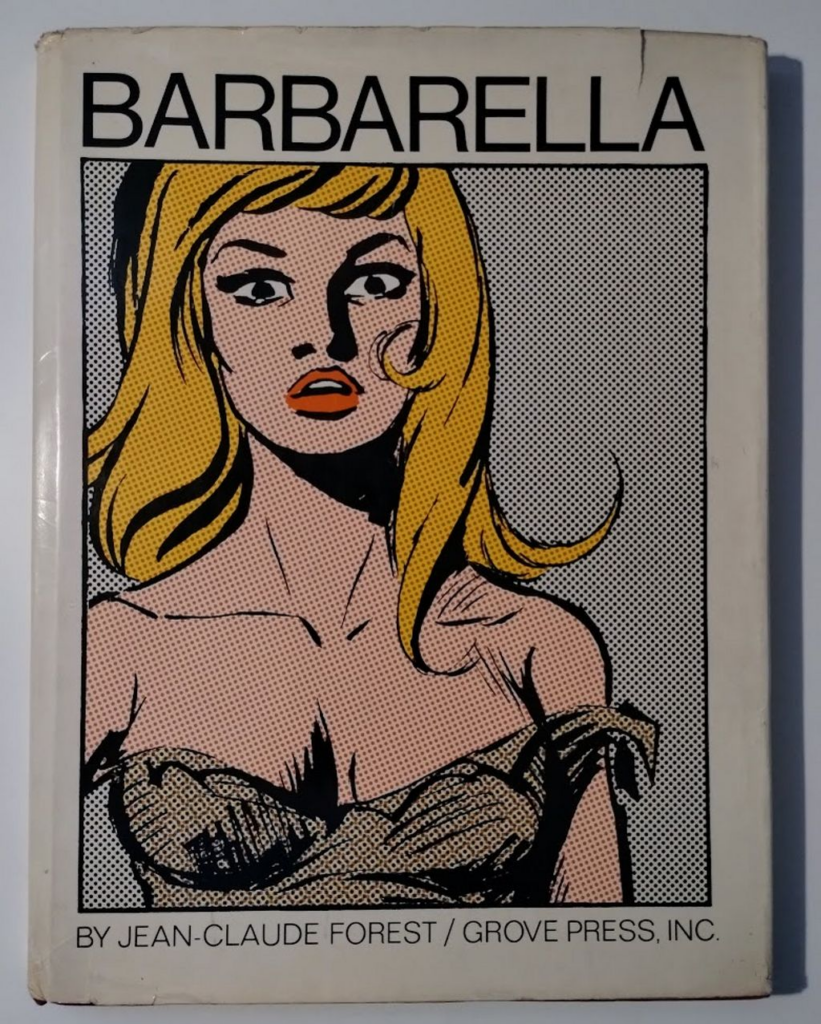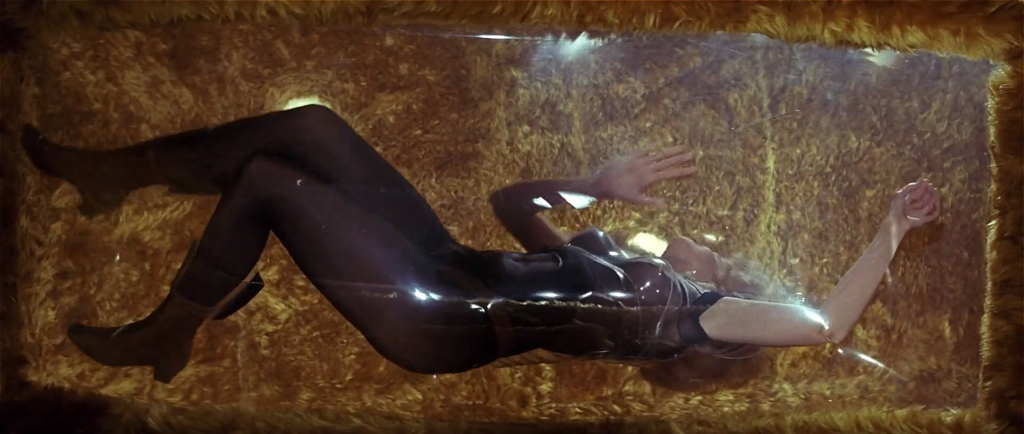[ed.: This was back in Oct, just now cleaning up and posting even though I never really finished my thoughts.]
A month or so back I found a painting of Barbarella that Jean-Claude Forest created at Cinecittà Studios during filming of the Jane Fonda movie. It is one of only two that he painted there and one of them was up for auction at Heritage Auctions. According to the site, the painting/s were missing for almost 60 years. I could only imagine what it will sell for. Well, I guess I don’t have to imagine because I’m sitting in on the auction right now (12 Oct) just to find out (and because art auctions are kinda fun). Let’s go…
2024 October 12 – 13 International Comic Art Signature® Auction #7381

